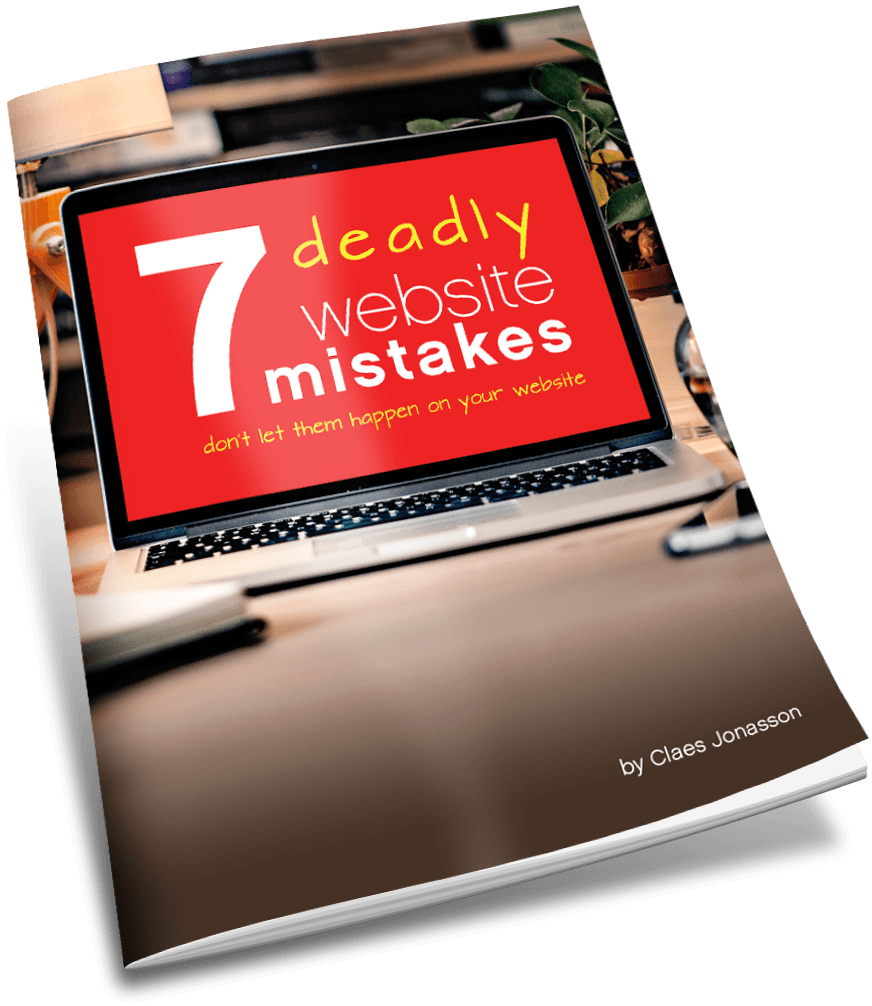They named their business what?
Every business needs a name. That’s a given. The hard part is coming up with that super-perfect name that will make your new business launch absolutely irresistible.
Part of the challenge is that many business names we’re used to seeing every day all seem so self-evident to us. We forget that their creators most likely struggled over naming a fledgling business too.
Before starting out
Know and understand your business. You can’t name what you don’t know. Really.
- What is the company about?
- What are the products?
- What are the services?
- Who are the customers?
- What are they looking for?
Brainstorm
Now brainstorm (and let this stage take some time). Start by gathering words from your industry/products/services.
Describe the benefits you bring to your customers. The transformation you bring. Get specific and don’t try to be everything to everybody.
There are several online tools that can help in the brainstorming phase. Check out sites like VisualThesaurus.com or Namelix.
Just don’t stop there. They don’t guarantee naming perfection. So use them as a jumping off point and collect ideas.
Allow this part to take some time. Plan on a couple brainstorming sessions to explore more ideas.
Narrow down the list
By now, you’ll will have a long, very varied list of names. Hopefully some good ones in there. Now it’s time to narrow the list down to worthy contenders.
Use your name for the business
For many small businesses, the key person really is the business. There’s a reason why Michael Hyatt’s company is named Michael Hyatt & Company, LLC. Might seem boring at first, but it’s a really good choice for many of us.
Keep it simple
Short is good when it comes to naming. Because Apple is much easier to remember than “The Jobs and Wozniak Computer Company Incorporated” would have been.
Say it out loud
Does it easily roll off the tongue or is it a tongue-twister? Can you say it with a straight face? Because if you can’t, nobody else will.
Avoid hard-to-spell names
Because people will misspell and get confused.
Names that are too literal or narrow
Many companies have found themselves rebranding and changing their name as business grew and new products and services were added. Suddenly the old name no longer reflected what the business actually did.
For some businesses, that meant a totally different name (and lots of educating their customers). Others were able to make just a smaller change. For instance, Apple started out as Apple Computer Inc. But with the addition of phones, tablets and services, they eventually dropped “computer”.
So seriously consider how soon that name you like so much right now will turn out to be limiting your new business as it expands.
Trends
When Apple launched the iMac, everyone else jumped on the bandwagon and we saw lots of product names starting with an “i”. Some not even related to computers.
There was also a time when it seemed every other hair salon was named something with “Kuts”. Because that was so much more memorable than “Cuts”. At first it was cute. Then it was just dated.
Geography
Naming the store “Main Street Bakery” is fine if you’re actually on Main Street. Until you relocate to Random Street. But you’re still named Main Street Bakery. Now it’s just confusing.
Initials
There are some big companies named with initials. Think IBM, BNSF, 3M, IKEA. But they’re big. They can get away with it. When just starting out, why go with a name that will have to be forever explained? Plus you just missed the opportunity to have a name that actually means something to your customers.
Common words
Using common words may seem like a good idea, but can actually make you harder to find.
When I started my company years ago, I named it Film & Company LLC, because I did video and film, plus a number of related things, like design and photography. It seemed like a good idea.
I didn’t consider how that would show in search results online. Hint: Not well. Because those are generic words, so it’s really hard to get good search results from that. Actually a search was more likely to bring up the competition. Oops.
Foreign, made-up or obscure words
Can be used effectively, with care. And probably some explanation.
IKEA shows their heritage by naming every product with a Swedish word. A few examples: Hemnes, Bestå, Liatorp, Ivar, Poäng. This works for IKEA. For the rest of us, it would involve a lot of customer education.
The car brand may have started in Sweden, but Volvo is Latin for “to roll”. So works good for a car, at home and in other countries.
Just be careful about what the words you think of using mean. The Swiss rail equipment manufacturer Stadler named a train they make KISS (an acronym). However, when marketed in Sweden, the train is called DOSTO (another acronym), because in Swedish “kiss” means pee. And you wouldn’t want your product named that.
Made-up words like Google or Xerox seem great, but will require a lot of explaining when you’re starting out. Yes, today, everyone knows that Google is online search and Xerox is photocopiers (to the point that we use those names as verbs), but it wasn’t that way when they started out. So how much explaining do you want to do every time you say your company name?
Due diligence
Assuming that there are some strong candidates left after all the above vetting, now it’s time to look outside and do some real due diligence.
Put together a short list of 5-10 names to get a feedback from current and prospective customers. You can ask friends and family as well, but actual customers, even prospective ones, will carry more weight.
You also want to make sure no one else is using that new name you’ve picked. The last thing you want is to go through launching your new name, only to get a cease and desist letter from some high-powered lawyer. Because another company is already using that name.
Fortunately, you can (and definitely should) verify that your new name is unique.
Every state has an office that manages business registrations. In many states that’s the Secretary of State’s office. You may even be able to search their database online.
On a national level, do a search in the US Patent and Trademark Office’s database. If that new name is in there, you’re best off finding something else.
But don’t limit your search to the official databases. Do an internet search. Because someone could be using the name without having bothered to register it. Check for similar names. Test it on Google Adwords.
Finally we get to the place where so many people start their new name search: With a domain name registrar to see if your desired name is available as a domain name. Because if it is not, you might want to rethink. Having a website domain that is significantly different from your business name can be, well, confusing.
As you search for domain names, find out if you can get the .com. And if the .com is taken, who has it? What will people find if they go there? Because many people will assume you have a .com.
That said, it’s getting much more common now to find businesses using other domains, so you may have good reasons for going with a domain like .biz, .me, .tv or one of the many others. Just be aware that you will have to do a bit more education so people won’t just assume you’re on .com and never find you.
This is also the time to consider what other, similar domains you may want to own, just to be on the safe side. For instance, I use ClaesJonasson.Design, for my business, but also have ClaesJonassonDesign.com, ClaesJonasson.com and ClaesJonasson.se.
Finish
Finally, take a long, hard look at the new name or names and decide if you still really, really like them. If so, register the business, buy the domain names, start using them, and get that trademark.
Congratulations. You’ve made it.
Now all you have to do is get word out about your new business name. But that’s another story.
Never miss out!
Get an email update every time I publish new content. Be the first to know!

